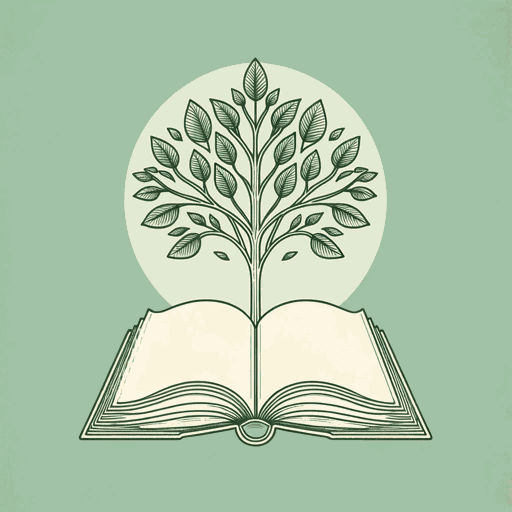38 pages • 1 hour read
John DeweyExperience and Education
Nonfiction | Book | Adult | Published in 1938A modern alternative to SparkNotes and CliffsNotes, SuperSummary offers high-quality Study Guides with detailed chapter summaries and analysis of major themes, characters, and more.
Important Quotes
“[A]ny movement that thinks and acts in terms of an ‘ism becomes so involved in reaction against other ‘isms that it unwittingly becomes controlled by them.”
(Preface, Page 6)
Dewey contrasts traditional and progressive education as representational categories. However, he is also explicit about the need to see past such absolute categories. His use of -ism, turning a suffix that usually means a practice or ideology into a noun, departs from formal philosophical writing conventions and marks the book’s conversational tone.
“At present, the opposition, so far as practical affairs of the school are concerned, tends to take the form of contrast between traditional and progressive education.”
(Chapter 1, Page 17)
Dewey repeatedly warns readers not to think in terms of absolute binaries. However, he uses the contrast between traditional and progressive education as a rhetorical strategy throughout the book, associating traditional with old practices and progressive with new practices.
“Theirs is to do—and learn, as it was the part of the six hundred to do and die.”
(Chapter 1, Page 19)
Playing with Alfred Tennyson’s 1854 poem “The Charge of the Light Brigade,” Dewey intentionally misquotes the poet for humorous effect. This creative distortion of a famous poem compares students in traditional schools to soldiers in the Crimean War, emphasizing their lack of agency in their educational fates.
Related Titles
By John Dewey



